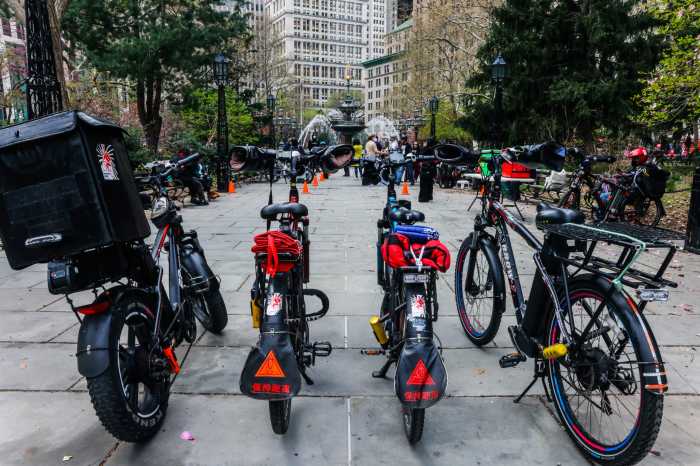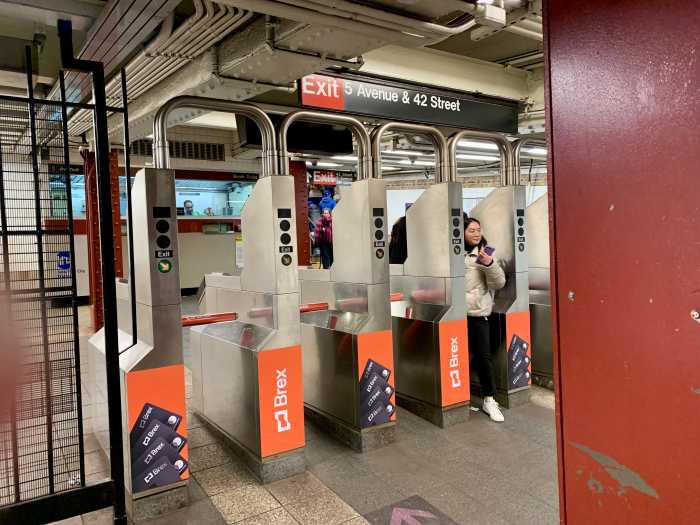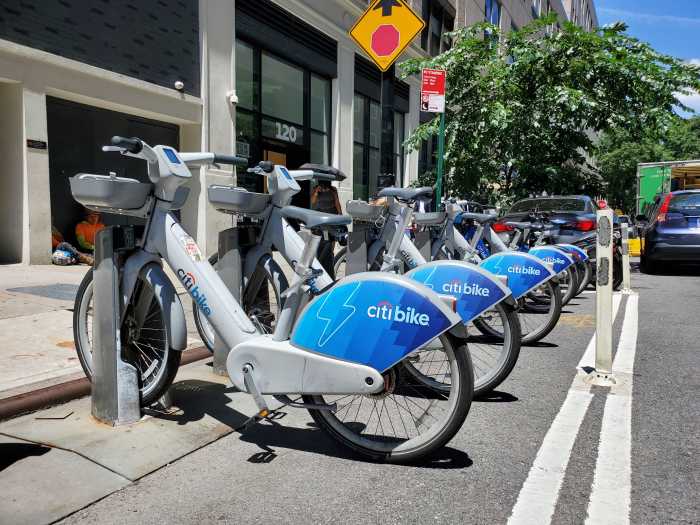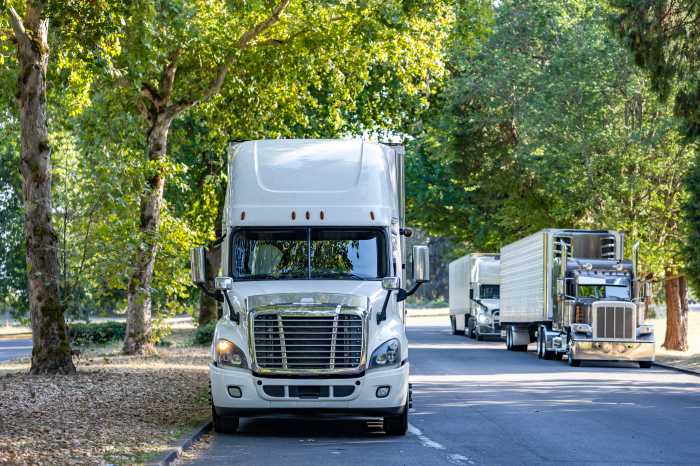
The MTA is adding another Q train in each direction as Second Avenue subway ridership continues to increase, the agency said on Monday.
The Second Avenue subway line — consisting of three stations from 72nd Street to 96th Street as well as the renovated Lexington Avenue-63rd Street station — is handling 176,000 average daily riders on a given weekday, according to the MTA.
That’s up from the 124,000 who were using the stations on an average weekday during the first week of service, when trains ran between 6 a.m. and 10 p.m.
“Many of these new Second Avenue customers have shifted to the new Q route from the 4, 5 and 6 trains,” said the MTA’s head of subways, Wynton Habersham, noting one of the main goals for the Second Avenue stations: reducing crowding-related delays on the Lexington Avenue line, notorious for its sardine-like train cars.
To accommodate the added riders, the agency will add two trips on the Q line. One extra Q train will run downtown during the morning rush, with another one heading uptown during the evening peak, beginning November 2017. But one MTA board member wondered if the additional service was enough.
“We got this really terrific report this morning from Wynton about how ridership is burgeoning on the Second Avenue line … and all we get is one round trip added?” asked board member Andrew Albert at a MTA committee meeting on Monday.
Judith McClain, the MTA’s senior director of service planning at New York City Transit, was confident that the additional trains would be enough to satiate demand. She added that the MTA is working “creatively” to increase Second Avenue service, sending N and R trains up to 96th Street in order to avoid overcrowding under Second Avenue.
Even with the increasing ridership, the MTA has yet to hit its anticipated figure of 200,000 average weekday riders. But the agency is content with its numbers thus far and expects a continued increase; the 200,000 number was based off estimates for a typical October month, which traditionally sees the highest subway ridership (few major storms or holidays), according to an MTA spokeswoman.
Still, the growth has already begun to alleviate congestion on the nearby Lexington Avenue line and on the streets above, according to officials.
Daily ridership on the four closest 4, 5 and 6 stations to the Second Avenue subway is down 26%, Habersham said. During the morning peak period, ridership there is down 40%.
There have been similar improvements in reducing vehicular congestion in the area.
“We’re seeing big reductions on the Upper East Side,” said Polly Trottenberg, the commissioner of the city’s Department of Transportation and MTA board member, during a City Council hearing last week. “One of the big tools for congestion reduction is to continue to build out mass transit capacity.”


































